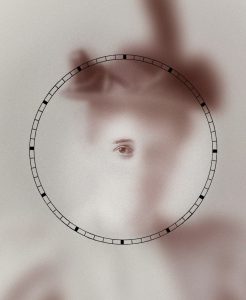Brian Morton in the New York Times:
 Not long ago, during an Amtrak ride, I met a college student who told me he was a fiction writer. I asked him what he’d been writing and reading, and he said that he was writing a novel about time travel, and that he was reading — well, he had been reading Edith Wharton’s “The House of Mirth,” but after about 50 pages, he said, he’d tossed it into the trash.
Not long ago, during an Amtrak ride, I met a college student who told me he was a fiction writer. I asked him what he’d been writing and reading, and he said that he was writing a novel about time travel, and that he was reading — well, he had been reading Edith Wharton’s “The House of Mirth,” but after about 50 pages, he said, he’d tossed it into the trash.
“The House of Mirth,” which was published in 1905, describes the efforts of a young woman named Lily Bart to find an acceptable husband. The student explained that he had been sailing along until he came to a description of one of Lily’s suitors, Simon Rosedale: “a plump rosy man of the blond Jewish type, with … small sidelong eyes which gave him the air of appraising people as if they were bric-a-brac.” At that point, the student said, he lost sympathy not only for Lily, but for the novel as a whole.
It would have done no good for me to lecture him about the difference between a character’s point of view and the author’s. Whenever Rosedale appears in the novel, Wharton describes his repulsiveness with such gusto it’s clear that she isn’t just describing Lily’s feelings; she’s describing her own.
Wharton’s anti-Semitism, the student said, filled him with rage. “I don’t want anyone like that in my house,” he said.
Anyone who’s taught literature in a college or university lately has probably had a conversation like this.
More here.
